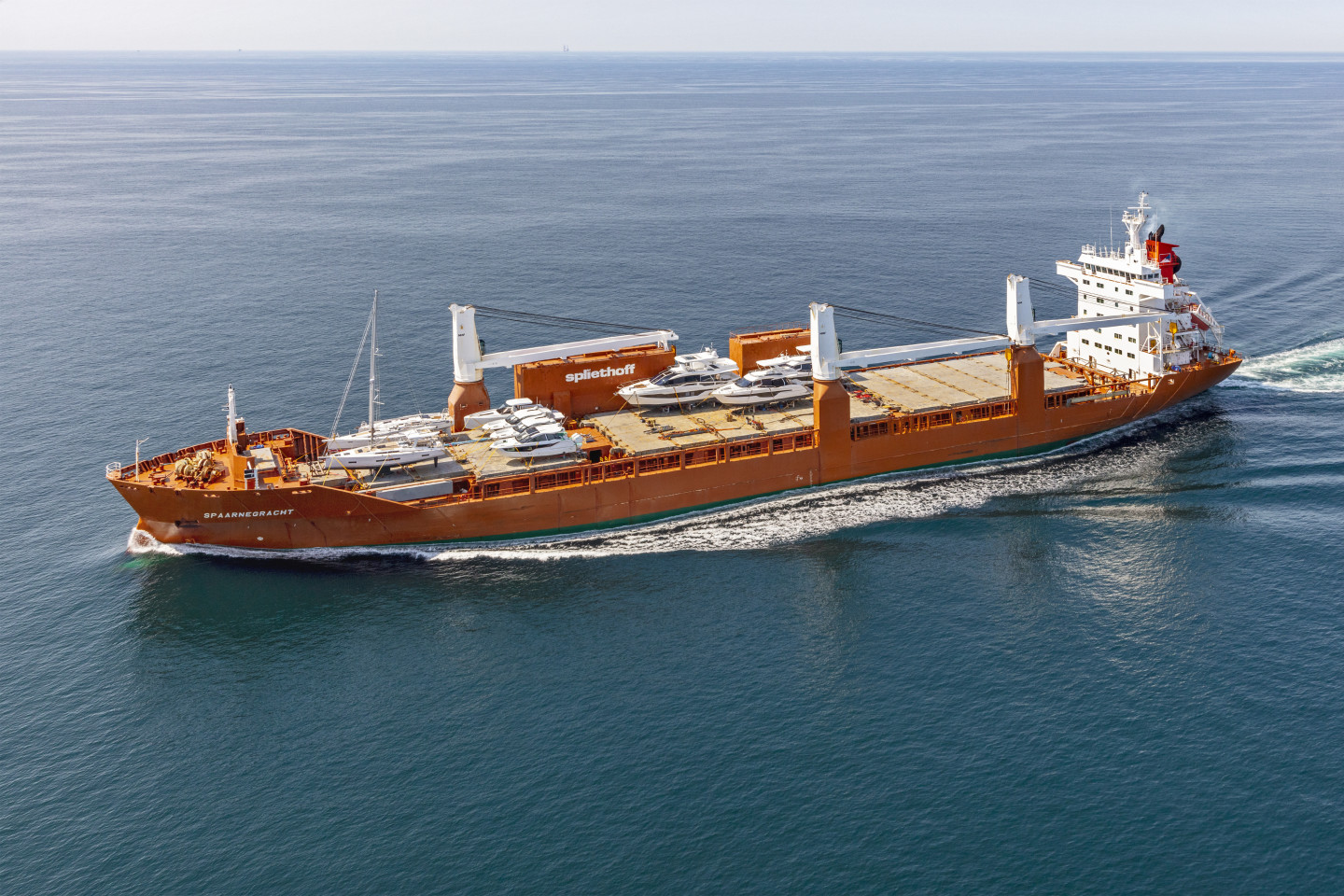The transportation of yachts is a fascinating and complex process, involving meticulous planning and specialized equipment. Yachts, being luxury vessels, require careful handling to ensure they are moved safely and efficiently from one location to another. This article delves into the various methods and considerations involved in yacht transportation.
Overland Transport
For shorter distances or when moving yachts from manufacturing sites to marinas, overland transport is frequently used. This method involves trailers and heavy-duty trucks. The yacht is carefully lifted onto a custom trailer, which is then attached to a truck. The size and weight of the yacht determine the type of trailer and truck required. For larger yachts, specialized trailers with multiple axles and hydraulic systems are utilized to distribute the weight evenly and ensure safe transit.
Overland yacht transport requires careful route planning to avoid low bridges, narrow roads, and other obstacles. Permits are often needed, especially for oversized loads, and in some cases, escort vehicles are required to ensure the safe passage of the yacht through traffic and challenging routes.
Sea Transport
For longer distances, especially international destinations, sea transport is the preferred method. There are two primary methods of sea transport for yachts: on their own hull or using a ship designed for carrying yachts.
- On Their Own Hull: Smaller yachts may be transported on their own hull, meaning they are sailed from one location to another. This method is often used for deliveries from the manufacturer to the buyer or for relocating yachts to different cruising grounds. However, this method has limitations due to the yacht’s range, weather conditions, and the need for a skilled crew.
- Using a Transport Ship: Larger yachts, or those being moved over very long distances, are often transported using a semi-submersible ship. These ships are designed specifically for carrying large boats and yachts. The process involves the ship partially submerging its deck underwater, allowing yachts to be maneuvered into position. Once in place, the ship de-ballasts, raising itself and the cargo above the waterline. The yachts are then secured to the deck for transport. This method is known as “float-on/float-off” and is preferred for its safety and efficiency.
Air Transport
Although less common due to cost and size limitations, air transport is another option, typically reserved for smaller yachts or urgent deliveries. Large cargo planes, such as the Antonov An-124 or the Boeing 747 Freighter, are used for this purpose. The yacht must be carefully prepared and secured within the cargo hold of the aircraft. This method is the fastest but also the most expensive.
Preparing a Yacht for Transport
Regardless of the transport method, preparation is key. This involves removing or securing loose items, protecting delicate parts of the yacht, and ensuring that the vessel is as lightweight as possible. For sea and air transport, it’s also crucial to minimize the height of the yacht to fit within the constraints of the transport vessel or aircraft.
Conclusion:
Transporting a yacht is a complex process that requires expertise and careful planning. Whether over land, sea, or air, each method has its own set of challenges and considerations. The choice of transport method depends on the size of the yacht, the distance to be covered, cost considerations, and the owner’s preferences. With the right approach, yachts can be safely and efficiently transported to destinations around the world, ready for their next maritime adventure.






